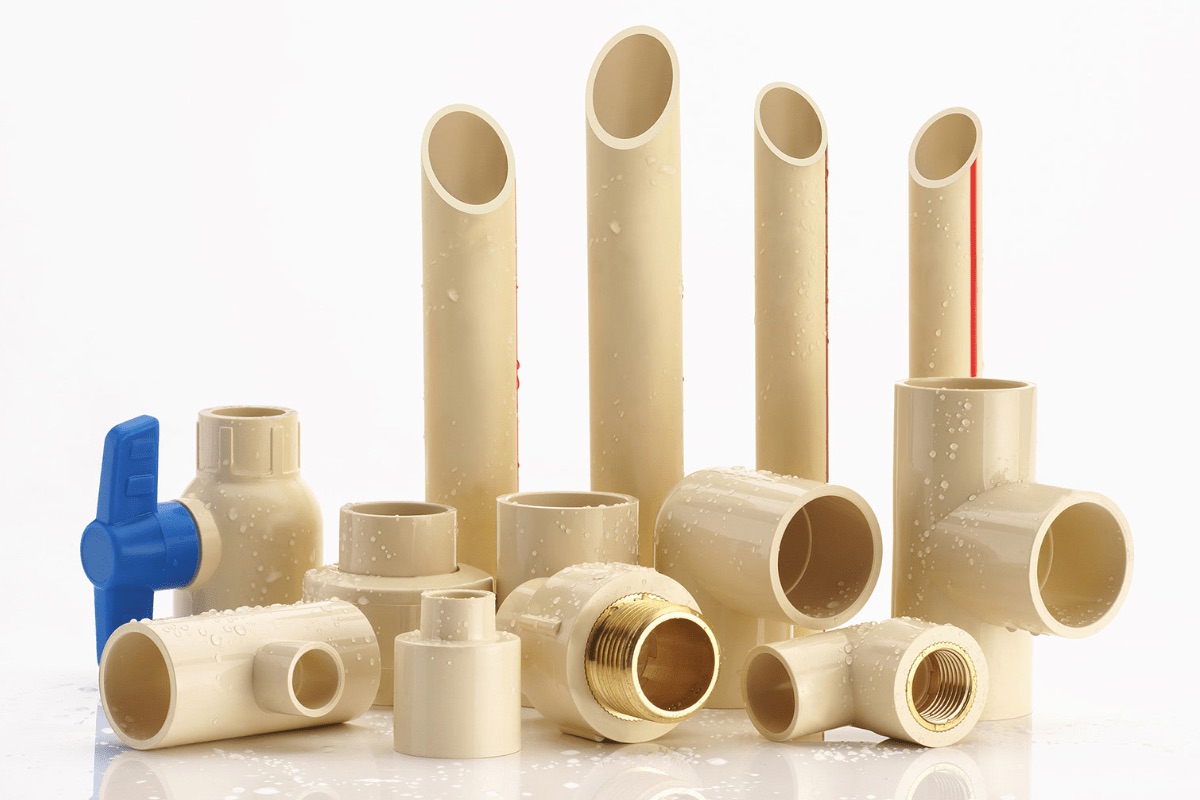

Articles
What Is CPVC In Plumbing
Modified: August 28, 2024
Discover the benefits and uses of CPVC in plumbing with our informative articles. Learn how this durable material can enhance your plumbing system's performance and longevity.
(Many of the links in this article redirect to a specific reviewed product. Your purchase of these products through affiliate links helps to generate commission for Storables.com, at no extra cost. Learn more)
Introduction
When it comes to plumbing systems, one of the most critical components is the choice of pipes. Plumbing pipes need to be durable, resistant to corrosion, and capable of withstanding varying water temperatures and pressures. In recent years, CPVC pipes have emerged as a popular choice for plumbing installations.
CPVC stands for Chlorinated Polyvinyl Chloride, which is a thermoplastic material known for its excellent chemical resistance and high-temperature tolerance. CPVC pipes are often used for both residential and commercial plumbing applications due to their numerous benefits and advantages.
In this article, we will explore what CPVC is, discuss the benefits of using CPVC pipes in plumbing systems, highlight their installation process, examine common uses, and compare them to other types of plumbing pipes. We will also touch on potential drawbacks and safety considerations when working with CPVC.
So, if you’re considering a plumbing project or simply want to expand your knowledge about plumbing pipes, read on to discover the world of CPVC and its role in modern plumbing systems.
Key Takeaways:
- CPVC pipes offer corrosion resistance, high-temperature tolerance, and easy installation, making them a popular and cost-effective choice for plumbing systems in residential, commercial, and industrial applications.
- While CPVC pipes have numerous benefits, it’s essential to consider potential drawbacks, safety considerations, and consult professionals for the most suitable pipe material for specific plumbing projects.
Read more: What Is Plumbing?
Definition of CPVC
CPVC, which stands for Chlorinated Polyvinyl Chloride, is a specialized type of thermoplastic material that is used in plumbing systems. It is created by chlorinating the traditional PVC resin, resulting in enhanced properties that make it suitable for plumbing applications.
The process of chlorination makes CPVC pipes more rigid, durable, and heat-resistant compared to regular PVC pipes. CPVC pipes can withstand higher temperatures ranging from 180°F (82°C) to 200°F (93°C) without melting or deforming, making them ideal for delivering both hot and cold water in plumbing systems.
The higher temperature resistance of CPVC pipes allows for more versatile plumbing installations. They can be used for hot and cold water supply lines, as well as for transporting liquids in industrial applications that require higher temperature handling.
CPVC pipes are available in a variety of sizes, ranging from ½ inch to 2 inches in diameter. They can be easily identified by their tan or light yellow color. The fittings used with CPVC pipes are typically solvent-welded or threaded, ensuring a secure and leak-free connection.
Overall, CPVC pipes offer a balance between cost, durability, and ease of installation. They have become a popular choice for plumbing systems due to their excellent chemical resistance, high-temperature tolerance, and long-term performance.
Benefits of CPVC in Plumbing
CPVC pipes offer several advantages that make them a preferred choice for plumbing installations. Let’s explore the key benefits of using CPVC pipes in plumbing systems:
- Corrosion Resistance: CPVC pipes are highly resistant to corrosion caused by chemicals, acids, and bases commonly found in water. This ensures long-term durability and reduces the risk of leaks and pipe failures.
- High Temperature Tolerance: Unlike standard PVC pipes that may soften or deform at higher temperatures, CPVC pipes can withstand hot water temperatures effectively. This makes them suitable for both hot and cold water supply lines.
- Easy Installation: CPVC pipes are lightweight and easy to handle, making them convenient for plumbing installations. They can be cut and joined using solvent cement or threaded fittings, providing a quick and efficient installation process.
- Good Flow Characteristics: CPVC pipes have a smooth interior surface that promotes excellent water flow with minimal friction. This reduces pressure loss and ensures efficient water distribution throughout the plumbing system.
- Longevity: CPVC pipes have a long service life, typically exceeding 50 years. They are resistant to scaling, rusting, and pitting, ensuring reliable performance and minimal maintenance requirements.
- Cost-Effective: CPVC pipes are generally more affordable compared to other materials like copper or stainless steel. Additionally, the ease of installation and long lifespan contribute to cost savings over the life of the plumbing system.
- Chemical Compatibility: CPVC pipes can be used with a wide range of chemicals, making them suitable for various industrial applications where chemical transport is required.
These benefits make CPVC pipes an attractive option for residential, commercial, and industrial plumbing systems. However, it is important to note that CPVC pipes may not be suitable for all applications. It is advisable to consult a professional plumber or engineer to determine the most appropriate pipe material for your specific plumbing needs.
Installation Process of CPVC Pipes
The installation process of CPVC pipes is relatively straightforward, making it a popular choice for plumbing projects. Here is a step-by-step guide on how to install CPVC pipes:
- Planning: Start by determining the layout and sizing of your plumbing system. Measure and mark the areas where the CPVC pipes will be installed, including the supply lines, drain lines, and any connections to fixtures or appliances.
- Cutting the Pipes: Use a PVC cutting tool or a fine-toothed saw to cut the CPVC pipes to the desired lengths. Ensure that the cuts are clean and square for proper fitting and sealing.
- Preparing the Pipes: Before joining the pipes, remove any burrs or rough edges from the cut ends using a deburring tool. This helps to ensure a smooth and secure connection.
- Applying Primer: Apply a CPVC pipe primer to the outside of the pipe and the inside of the fitting sockets. The primer helps to clean and prepare the surfaces for solvent cement bonding.
- Applying Solvent Cement: Apply a generous amount of CPVC solvent cement to the outside of the pipe and the inside of the fitting socket. Make sure to apply the cement evenly and avoid excessive buildup.
- Joining the Pipes: Insert the end of the pipe into the fitting socket while twisting slightly to ensure a proper fit. Hold the pipe and fitting together firmly for a few seconds to allow the solvent cement to set.
- Supporting the Pipes: Use hangers or clips to support the CPVC pipes at regular intervals and prevent sagging. This helps to maintain proper slope and alignment for optimal water flow.
- Pressure Testing: Once the installation is complete, it is essential to conduct a pressure test to check for any leaks or weak points in the system. Close all openings and apply water pressure to the pipes to ensure they can hold the specified pressure without any issues.
- Insulating: If necessary, insulate the CPVC pipes in areas where they may be exposed to extreme temperatures or to reduce condensation. Proper insulation helps to protect the pipes and improve energy efficiency.
It is important to follow the manufacturer’s guidelines and local plumbing codes when installing CPVC pipes. When in doubt, consult a professional plumber to ensure proper installation and compliance with regulations.
Common Uses of CPVC in Plumbing
CPVC pipes are versatile and find numerous applications in plumbing systems. Here are some common uses of CPVC in plumbing:
- Hot and Cold Water Supply: CPVC pipes are frequently used for both hot and cold water supply lines in residential and commercial buildings. They can safely handle high water temperatures, making them ideal for delivering hot water throughout the plumbing system.
- In-Floor Heating Systems: CPVC pipes are commonly utilized in radiant heating systems, where warm water is circulated under the floor to provide efficient and comfortable heating. The high-temperature tolerance and corrosion resistance of CPVC make it suitable for this application.
- Fire Sprinkler Systems: CPVC pipes are approved for use in fire sprinkler systems due to their fire resistance and ability to withstand high water pressure. They provide a reliable and durable solution for ensuring the safety of buildings.
- Irrigation Systems: CPVC pipes are utilized in agricultural and residential irrigation systems due to their resistance to chemicals commonly found in fertilizers and pesticides. They can withstand the pressure required for efficient water distribution in irrigation applications.
- Water Treatment Systems: CPVC pipes are often used in water treatment systems, such as reverse osmosis systems, water filtration units, and water softeners. Their chemical resistance ensures the safe transport of treated water without contaminating it.
- Industrial Applications: CPVC pipes find uses in various industrial settings for transporting liquids, including corrosive chemicals and acids. Their chemical resistance and high-temperature tolerance make them suitable for harsh industrial environments.
These are just a few examples of the common uses of CPVC pipes in plumbing systems. The versatility, durability, and chemical resistance of CPVC make it a reliable choice for a wide range of applications in the plumbing industry.
When working with CPVC in plumbing, always use CPVC-specific solvent cement and primer to ensure a strong and reliable bond between the pipes and fittings. This will help prevent leaks and ensure a long-lasting installation.
Read more: What Is A Plumbing Fixture
Advantages of Using CPVC over Other Types of Plumbing Pipes
When it comes to choosing the right plumbing pipes, CPVC offers several advantages over other materials. Here are some key advantages of using CPVC pipes:
- Corrosion Resistance: CPVC pipes are highly resistant to corrosion caused by chemicals and harsh water conditions. Unlike metal pipes, CPVC does not rust or corrode over time, ensuring long-term durability.
- Heat Resistance: CPVC pipes can withstand high temperatures, making them suitable for hot water supply lines and applications that require handling hotter fluids. Unlike PVC pipes, CPVC pipes do not soften or deform at higher temperatures.
- Chemical Compatibility: CPVC pipes have excellent chemical resistance and can safely transport a wide range of liquids, including corrosive chemicals, acids, and bases. This makes them suitable for industrial applications where chemical transportation is required.
- Easy Installation: CPVC pipes are lightweight and easy to handle, making them convenient for plumbing installations. They can be cut, joined, and installed using simple tools and techniques, reducing labor time and costs.
- Smooth Interior Surface: CPVC pipes have a smooth interior surface, minimizing friction and pressure loss. This improves water flow efficiency and reduces energy consumption compared to pipes with rougher interiors.
- Long Lifespan: CPVC pipes have a long service life, typically exceeding 50 years with proper installation and maintenance. They are resistant to scaling, rusting, and pitting, ensuring reliable performance for many years.
- Cost-Effective: CPVC pipes are generally more affordable than metal pipes like copper or stainless steel. Additionally, the ease of installation and long lifespan contribute to cost savings over the life of the plumbing system.
- Wide Availability: CPVC pipes and fittings are widely available at plumbing supply stores, making them easily accessible for various plumbing projects. This ensures convenience and availability of replacement parts if needed.
These advantages make CPVC pipes a popular choice in plumbing systems, whether for residential, commercial, or industrial applications. However, it is essential to consider the specific requirements of each plumbing project and consult with a professional plumber or engineer to determine the most suitable pipe material.
Potential Drawbacks of CPVC in Plumbing Systems
While CPVC pipes offer many benefits, it is important to be aware of potential drawbacks associated with their use in plumbing systems. Here are some potential drawbacks of CPVC:
- Lower Temperature Tolerance: Although CPVC pipes have a higher temperature tolerance than traditional PVC pipes, they are still not as heat-resistant as metal pipes like copper or stainless steel. Extreme temperatures can cause CPVC pipes to warp or deform.
- Expansion and Contraction: CPVC pipes have a higher coefficient of thermal expansion compared to metal pipes. This means that they may expand and contract more significantly with temperature fluctuations, requiring careful consideration and proper installation techniques to accommodate for these movements.
- Installation Restrictions: Certain building codes and regulations may impose restrictions on the use of CPVC pipes in specific applications. For example, they may not be suitable for underground burial or exposure to direct sunlight without proper insulation or protective covering.
- Solvent Cement Application: Joining CPVC pipes requires the use of solvent cement, which can emit strong fumes during installation. Proper ventilation is necessary to ensure the safety of installers and occupants during the installation process.
- Chemical Sensitivity: While CPVC pipes are generally resistant to most chemicals, they may not be compatible with certain aggressive solvents or chemicals. It is important to ensure that the fluids being transported through CPVC pipes are compatible to prevent any adverse chemical reactions.
- UV Degradation: CPVC pipes are vulnerable to damage from prolonged exposure to ultraviolet (UV) rays. If CPVC pipes are installed in outdoor areas or exposed to direct sunlight, they should be protected with appropriate insulation or UV-resistant coatings.
- Water Hammer: CPVC pipes may be more susceptible to water hammer, which is a sudden pressure surge that occurs when water flow is abruptly stopped or changed. Proper engineering techniques, such as the installation of water hammer arrestors, can help minimize this issue.
It is essential to consider these potential drawbacks when deciding whether CPVC pipes are suitable for a given plumbing project. Careful planning, adherence to building codes and regulations, and consultation with professionals can help mitigate these drawbacks and ensure the successful installation and performance of CPVC plumbing systems.
Common Issues and Troubleshooting with CPVC Pipes
While CPVC pipes are generally reliable and durable, there are a few common issues that may arise. Here are some common issues with CPVC pipes and their troubleshooting methods:
- Leaks: Leaks can occur at pipe joints or fittings due to improper installation, age-related degradation, or excessive stress on the pipes. To fix leaks, ensure that the pipes and fittings are properly aligned and tightened. If the leak persists, consider replacing the affected section of the pipe.
- Cracking or Splitting: CPVC pipes can crack or split if subjected to significant impact or stress. Inspect the pipes for any visible cracks or splits. If found, replace the damaged section immediately to prevent water leaks and further damage.
- Corrosion of Metal Fittings: CPVC pipes should not be directly connected to metal fittings. Over time, the chemicals present in CPVC can corrode metal fittings. To avoid this issue, use CPVC-compatible plastic fittings or use dielectric unions to separate the CPVC pipe from metal connections.
- Flow Restriction: Accumulation of scale or debris within the pipes can cause flow restriction. To address this issue, flush the pipes periodically or use appropriate water treatment methods to prevent scale buildup. If the flow restriction persists, consult a professional plumber for further inspection and cleaning.
- Noisy Pipes: CPVC pipes can sometimes produce noise during water flow, commonly known as “water hammer” or “pipe chatter.” Install water hammer arrestors at appropriate points in the plumbing system to absorb the pressure surges and eliminate the noise.
- Freezing: CPVC pipes are susceptible to freezing and can crack or burst if exposed to extremely low temperatures. Insulate exposed pipes, especially in cold areas, to protect them from freezing. In severe cold climates, consider using alternative pipe materials that are more resistant to freezing.
- Chemical Compatibility: Ensure that the fluids being transported through CPVC pipes are compatible with the material. Some chemicals can degrade the CPVC material, leading to leaks or weakened pipes. Consult chemical compatibility charts and manufacturers’ recommendations when using CPVC pipes for specific chemical transport applications.
If you encounter any issues with your CPVC pipes that you’re unable to resolve on your own, it is recommended to consult a professional plumber. They have the expertise and experience to accurately diagnose and address any plumbing issues you may encounter with your CPVC system.
Safety Considerations When Working with CPVC
When working with CPVC pipes, it is important to prioritize safety to prevent any accidents or health hazards. Here are some key safety considerations to keep in mind:
- Proper Ventilation: CPVC solvent cement emits strong fumes during installation. Ensure that the work area is well-ventilated by opening windows or using fans. If working in a confined space, use proper respiratory protection to avoid inhaling the fumes.
- Eye and Skin Protection: Wear safety goggles or a face shield to protect your eyes from potential splashes or debris during cutting, fitting, and solvent cement application. Additionally, wear gloves to protect your skin from contact with the solvent cement.
- Tool Safety: Use appropriate tools, such as PVC cutters or fine-toothed saws, to cut CPVC pipes. Take care to keep your fingers and hands away from the cutting area to avoid accidents. When using deburring tools, be cautious and follow the manufacturer’s instructions to avoid injuries.
- Fire Safety: Take precautions to prevent accidental fires when working with CPVC pipes and solvent cement. Keep flammable materials away from the work area, avoid open flames or sparks, and have a fire extinguisher nearby as a safety measure.
- Proper Handling and Storage: Store CPVC pipes in a dry and well-ventilated area away from direct sunlight. Avoid excessive stacking or placing heavy objects on the pipes, as this can potentially damage or deform them. When moving or handling CPVC pipes, use proper lifting techniques to prevent strains or injuries.
- Code Compliance: Familiarize yourself with the local building codes and regulations regarding the use of CPVC pipes. Ensure that your installation adheres to these guidelines to maintain safety and compliance with the law.
- Consultation with Professionals: If you are unsure about any aspect of working with CPVC pipes, consider seeking assistance from a professional plumber or contractor. They have the knowledge and expertise to ensure safe and proper installation.
By following these safety considerations, you can minimize the risk of accidents, injuries, or health hazards when working with CPVC pipes. Remember that safety should always be a priority during any plumbing project.
Read more: What Is A Stoppage In Plumbing
Conclusion
CPVC pipes have proven to be a valuable addition to plumbing systems, offering a range of benefits and advantages over traditional materials. Their corrosion resistance, high-temperature tolerance, and ease of installation make them a popular choice for various plumbing applications.
Throughout this article, we have explored the definition of CPVC, discussed its benefits, installation process, common uses, and compared it to other types of plumbing pipes. We have also highlighted potential drawbacks and safety considerations when working with CPVC.
While CPVC pipes have their advantages, it is important to consider the specific requirements of each plumbing project and consult with professionals to determine the most suitable pipe material. Additionally, regular maintenance and adherence to building codes and regulations are crucial for ensuring the long-term performance and safety of CPVC plumbing systems.
Remember, safety should always be a priority when working with CPVC pipes. Take necessary precautions, follow proper installation techniques, and seek professional assistance if needed.
In conclusion, CPVC pipes offer a reliable, cost-effective, and durable solution for plumbing systems. By understanding their characteristics and proper usage, you can confidently incorporate CPVC pipes into your plumbing projects to enjoy the benefits they provide.
Frequently Asked Questions about What Is CPVC In Plumbing
Was this page helpful?
At Storables.com, we guarantee accurate and reliable information. Our content, validated by Expert Board Contributors, is crafted following stringent Editorial Policies. We're committed to providing you with well-researched, expert-backed insights for all your informational needs.
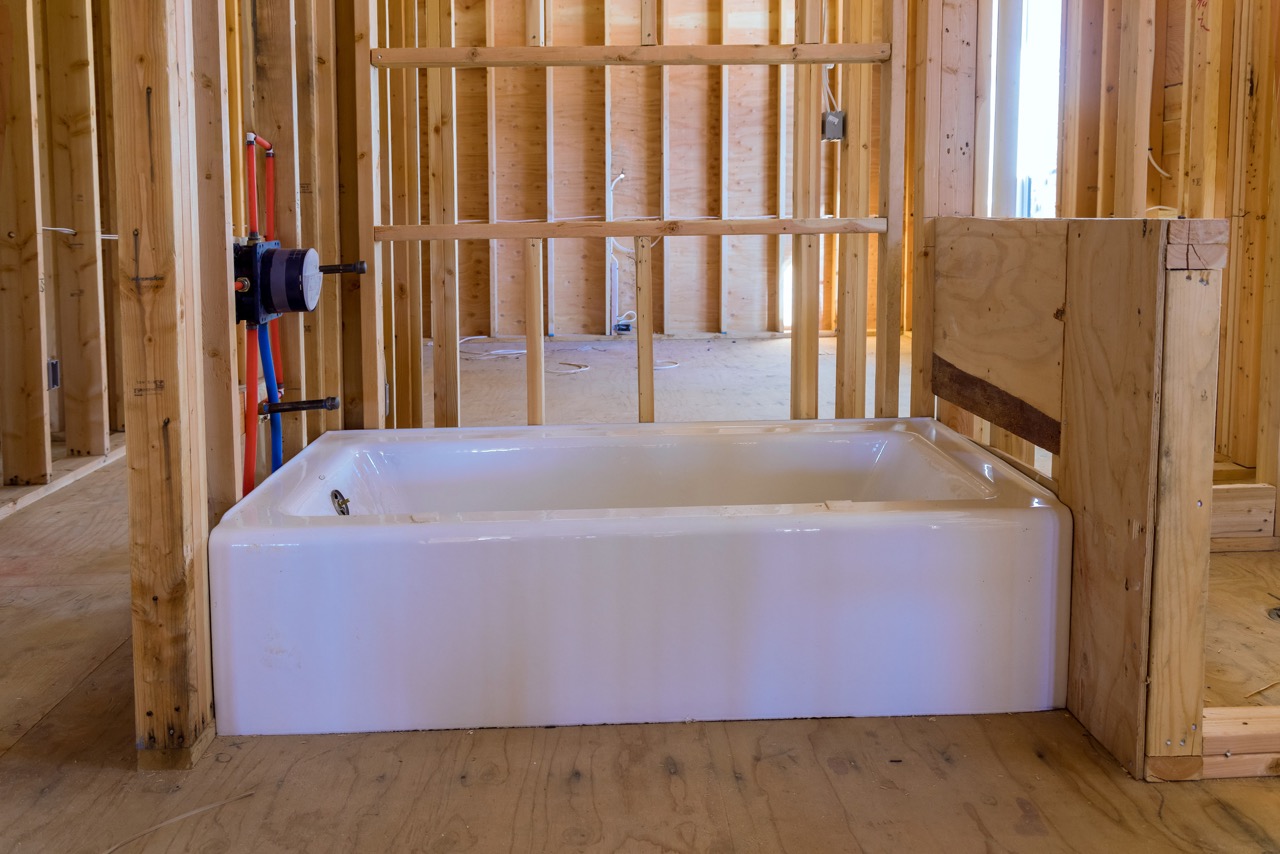
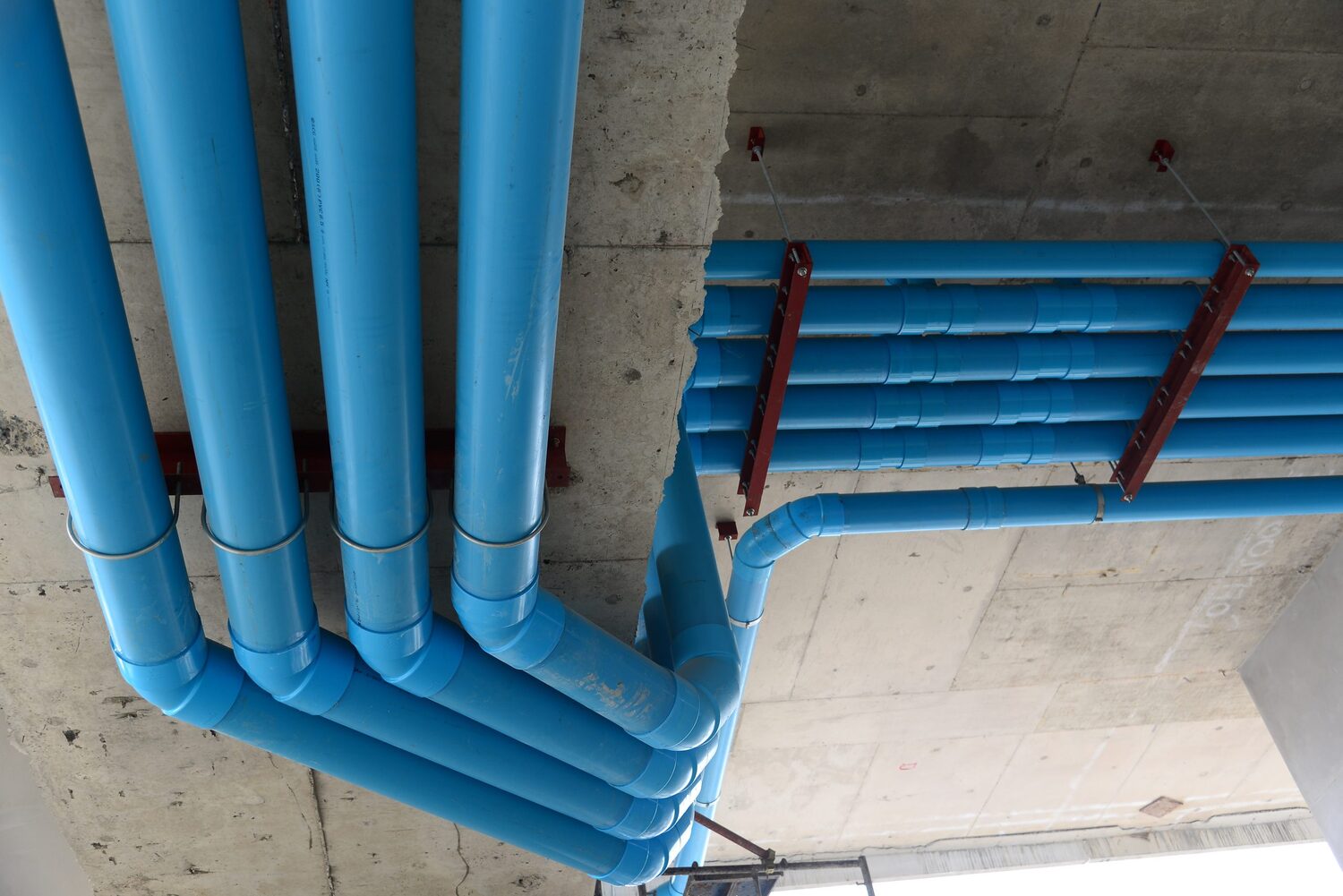
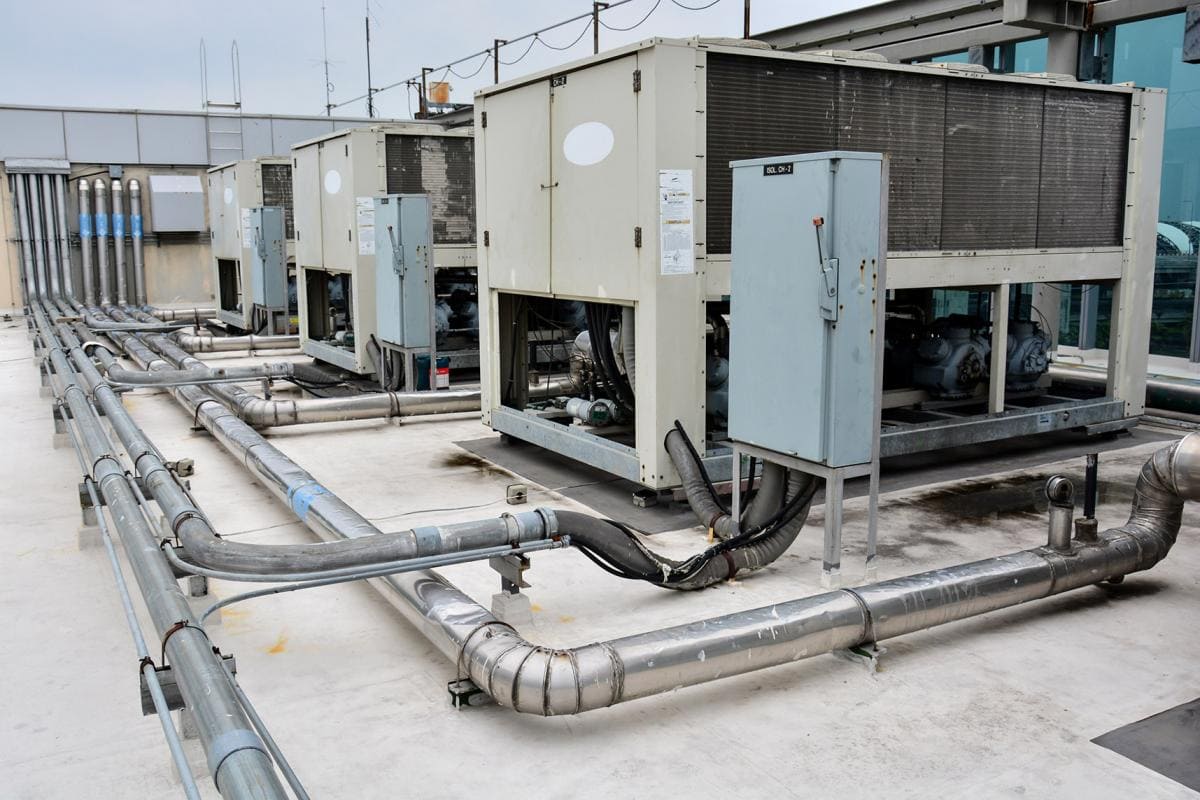
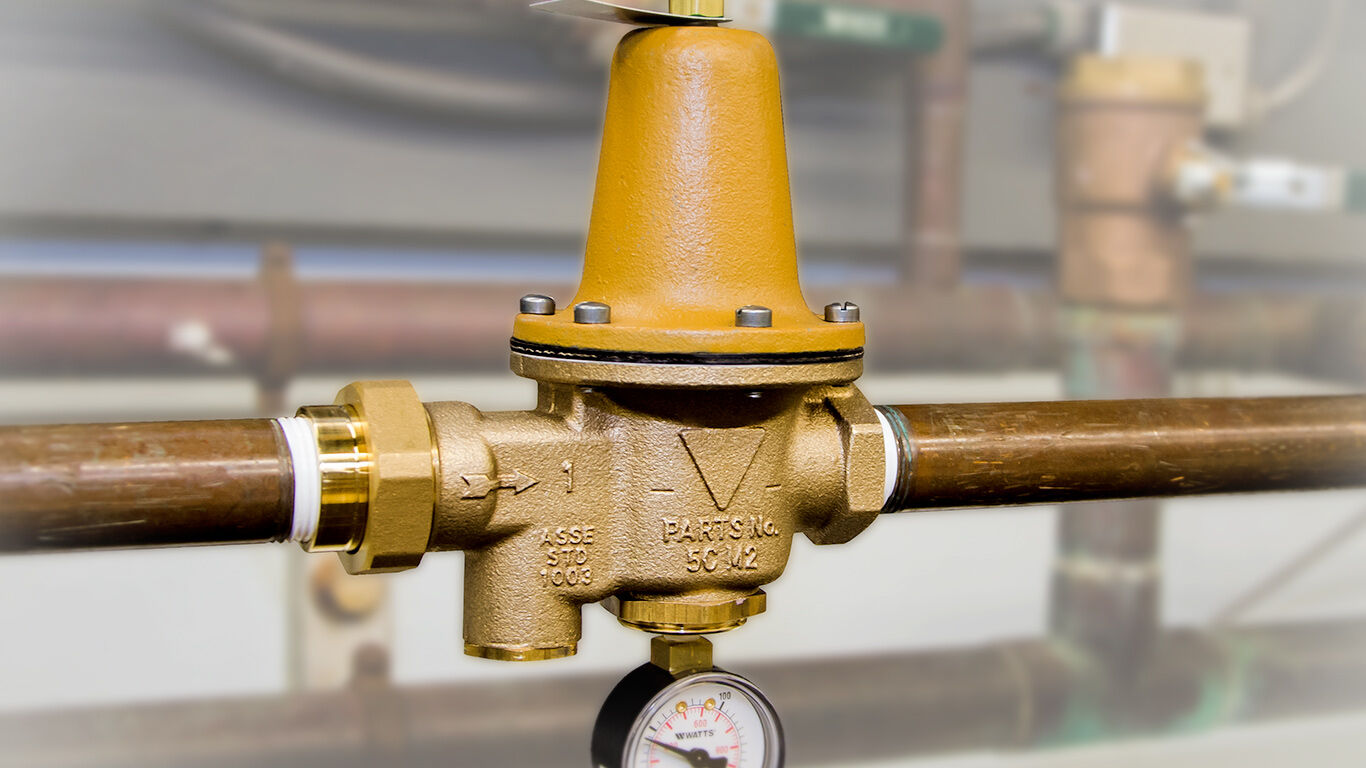
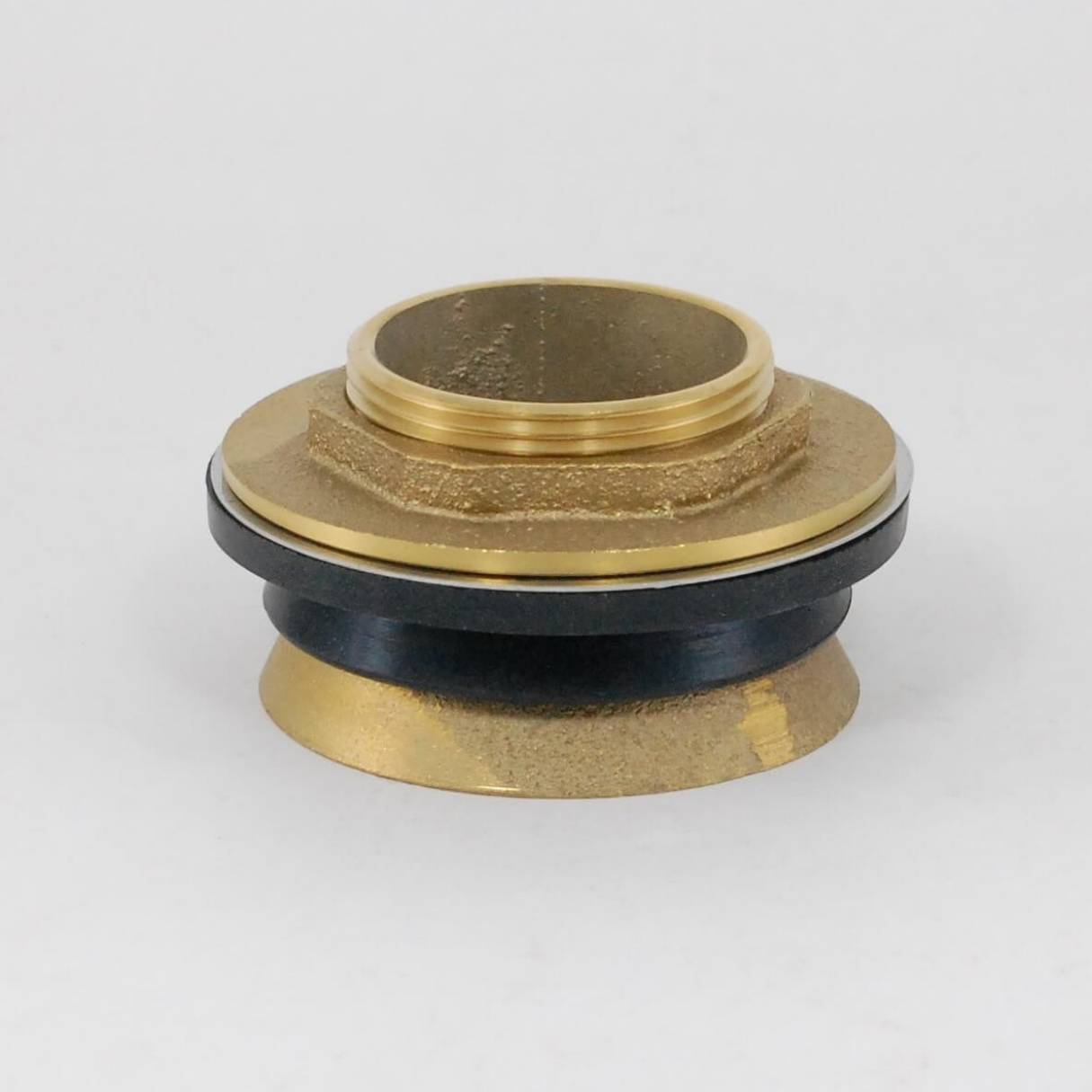
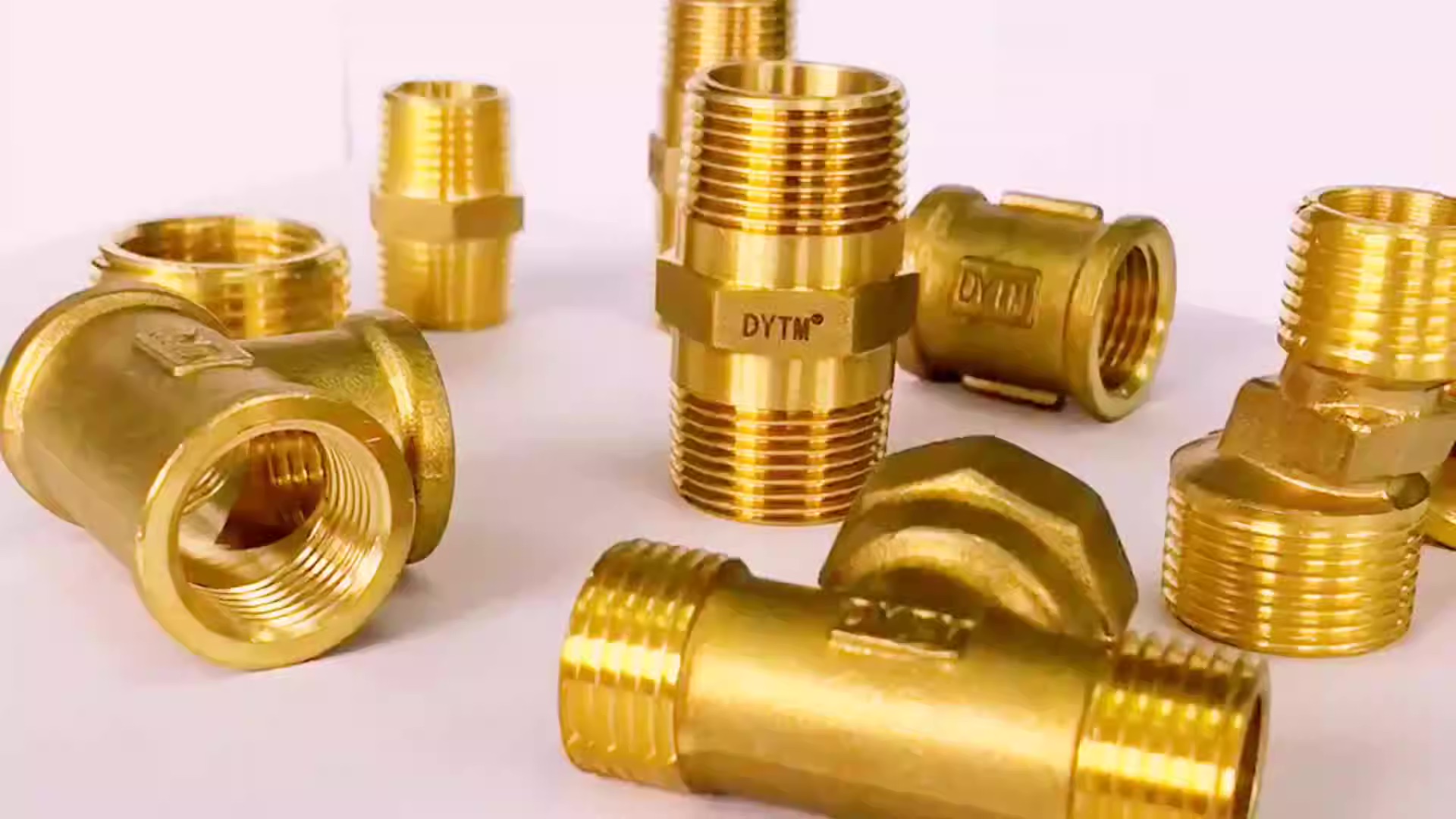
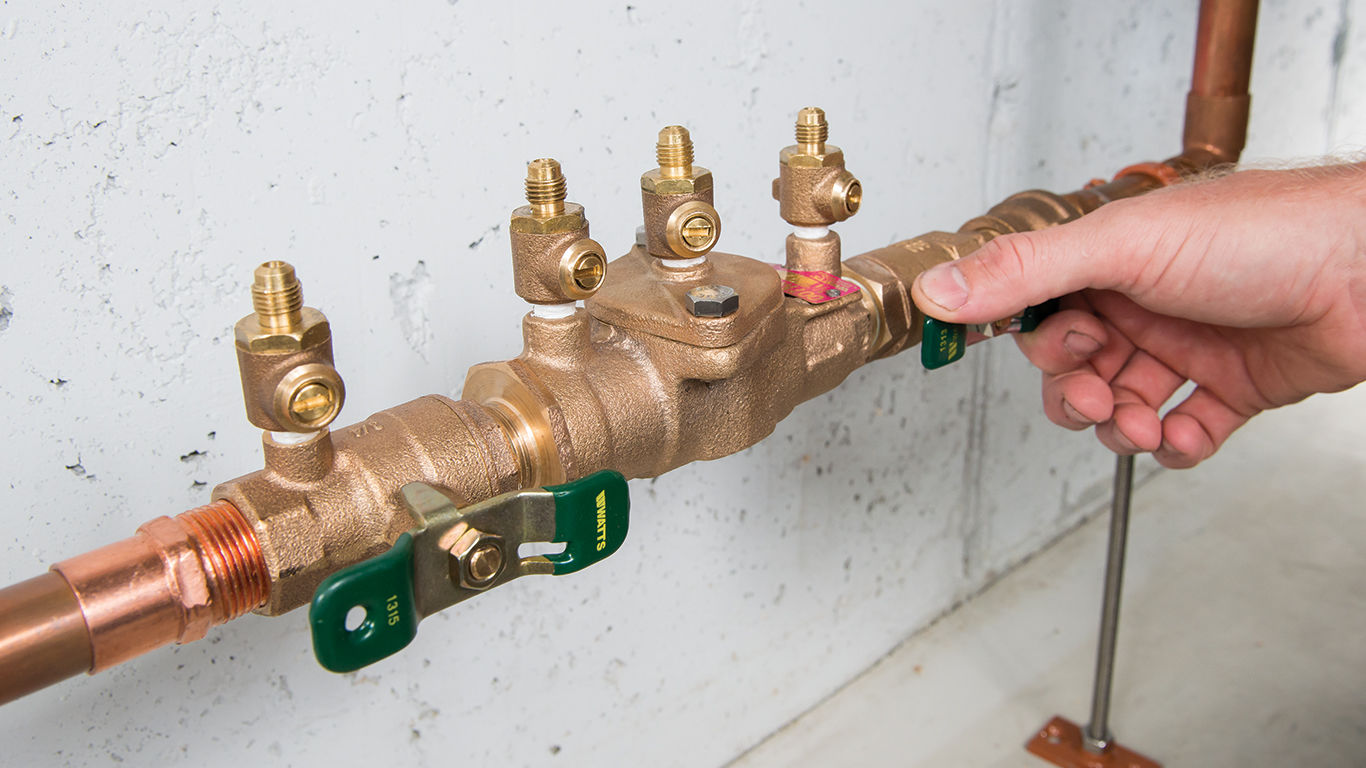
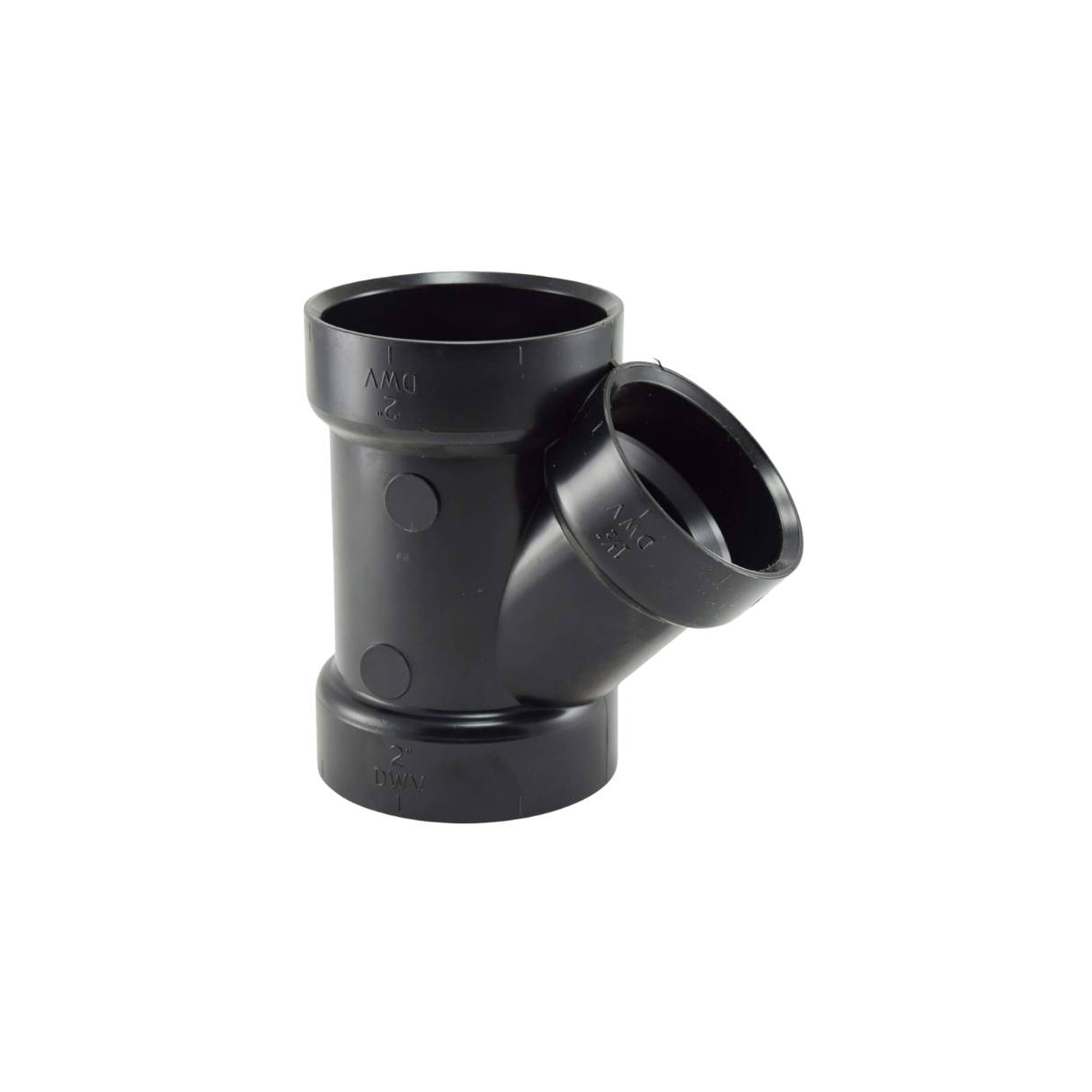
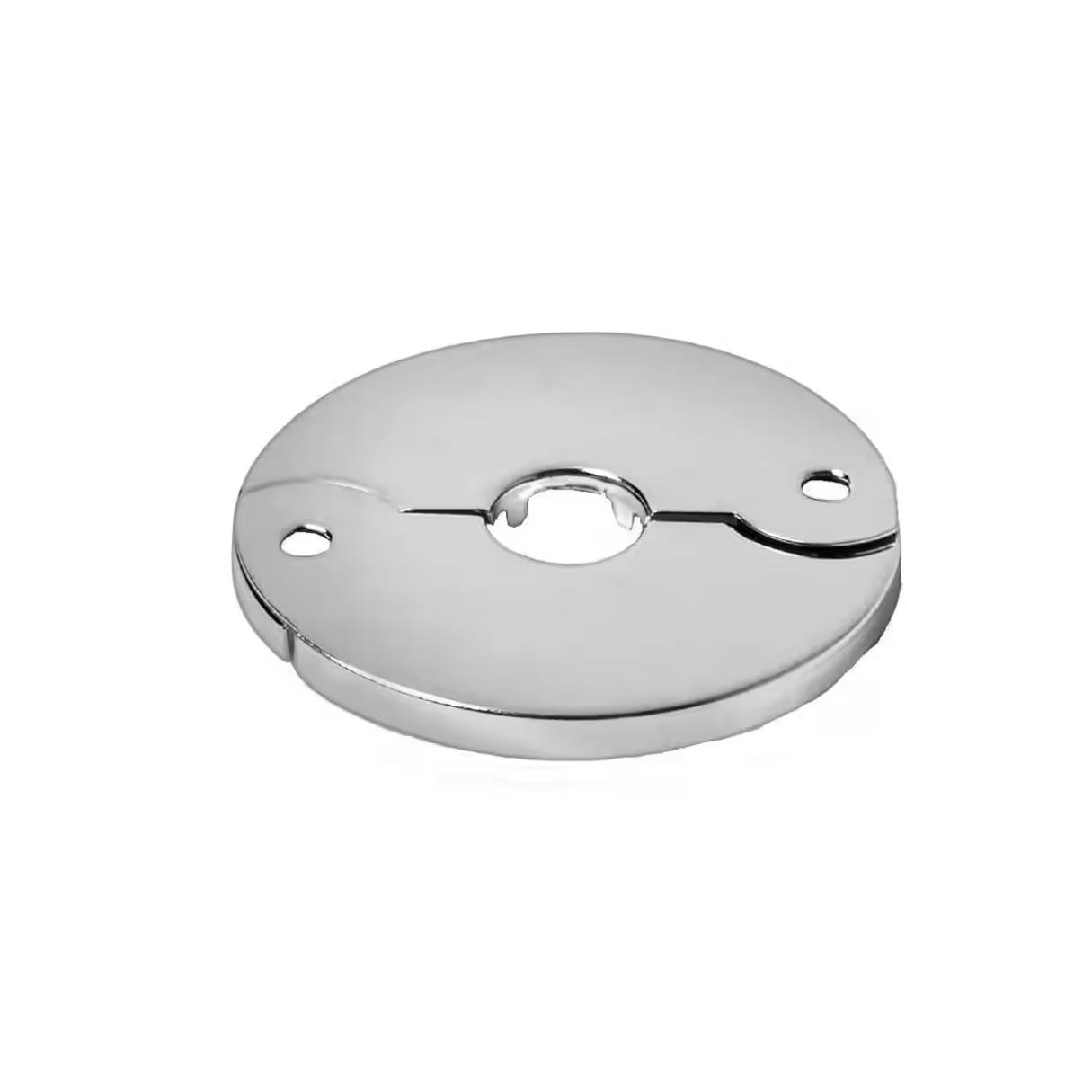
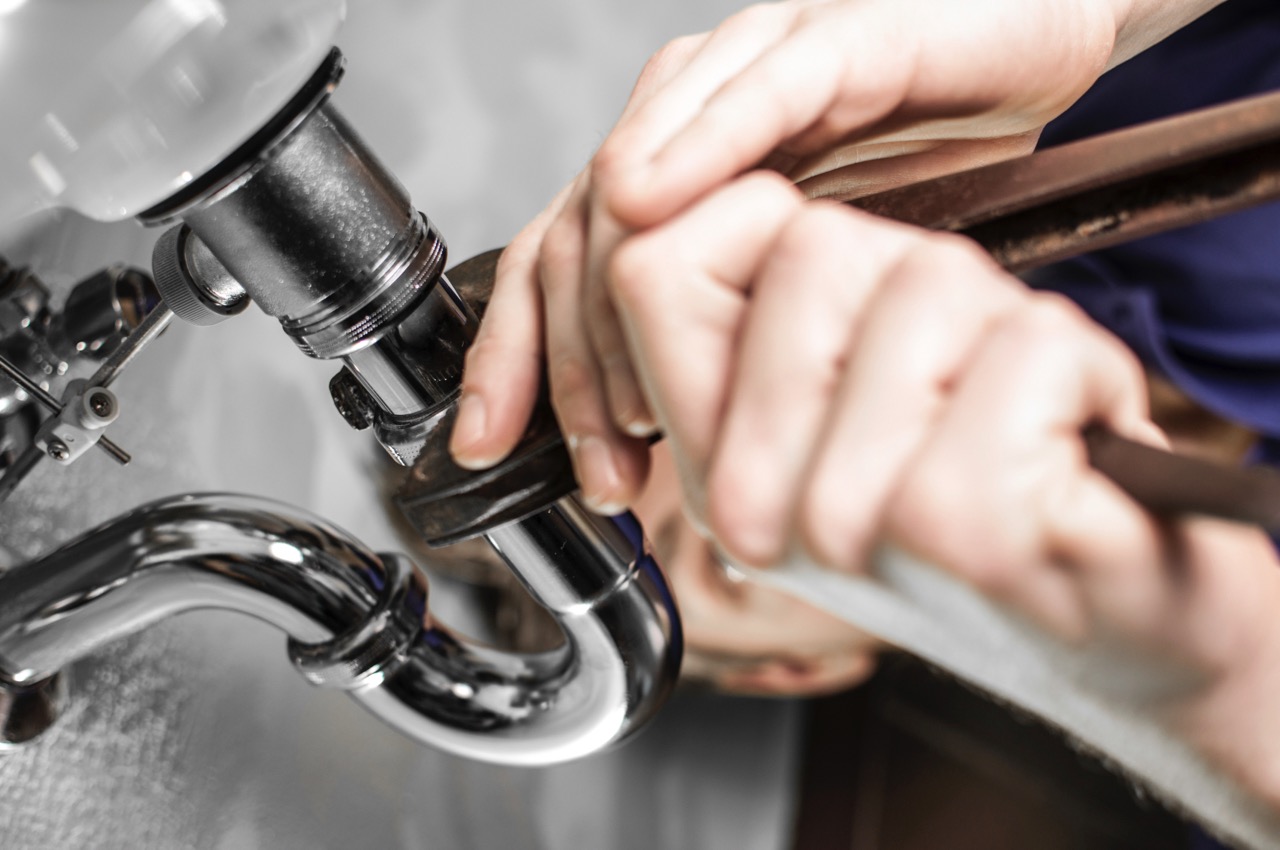
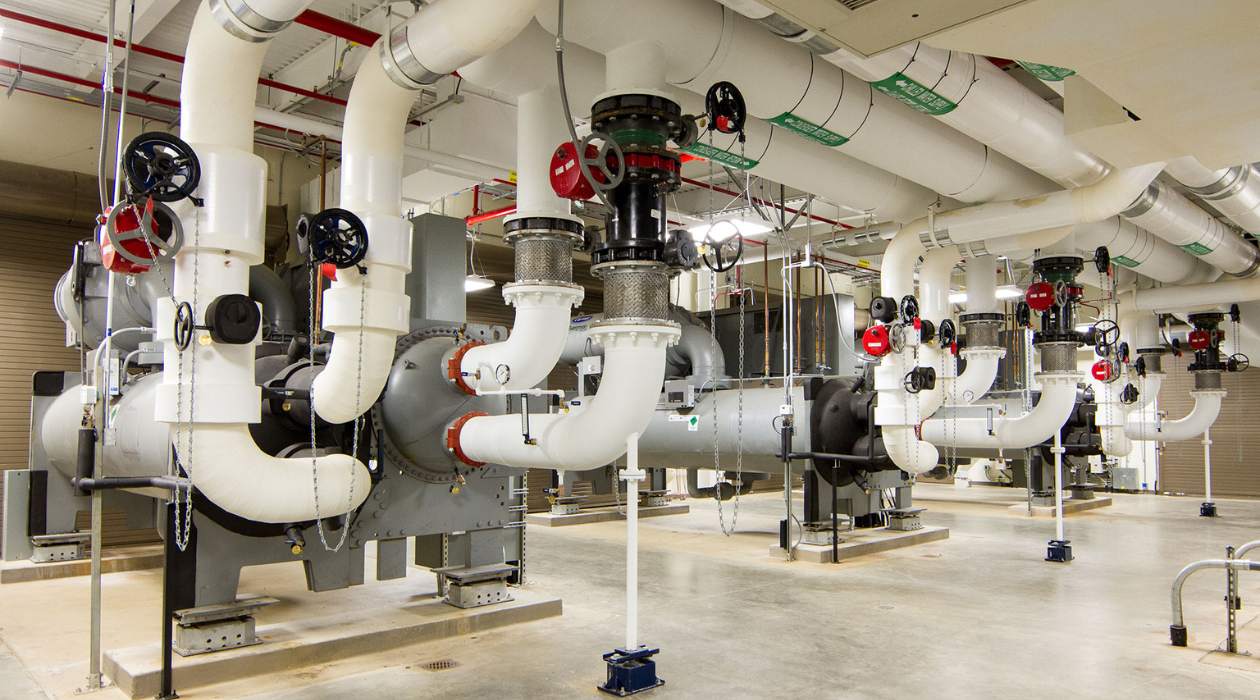
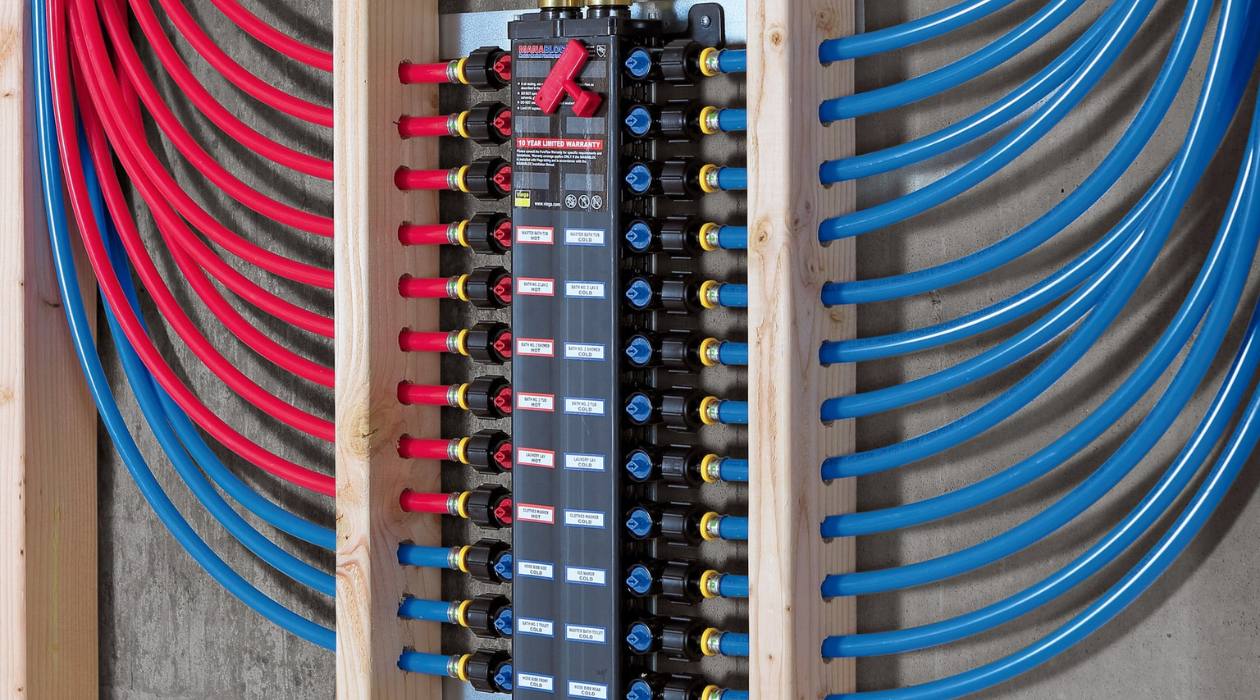
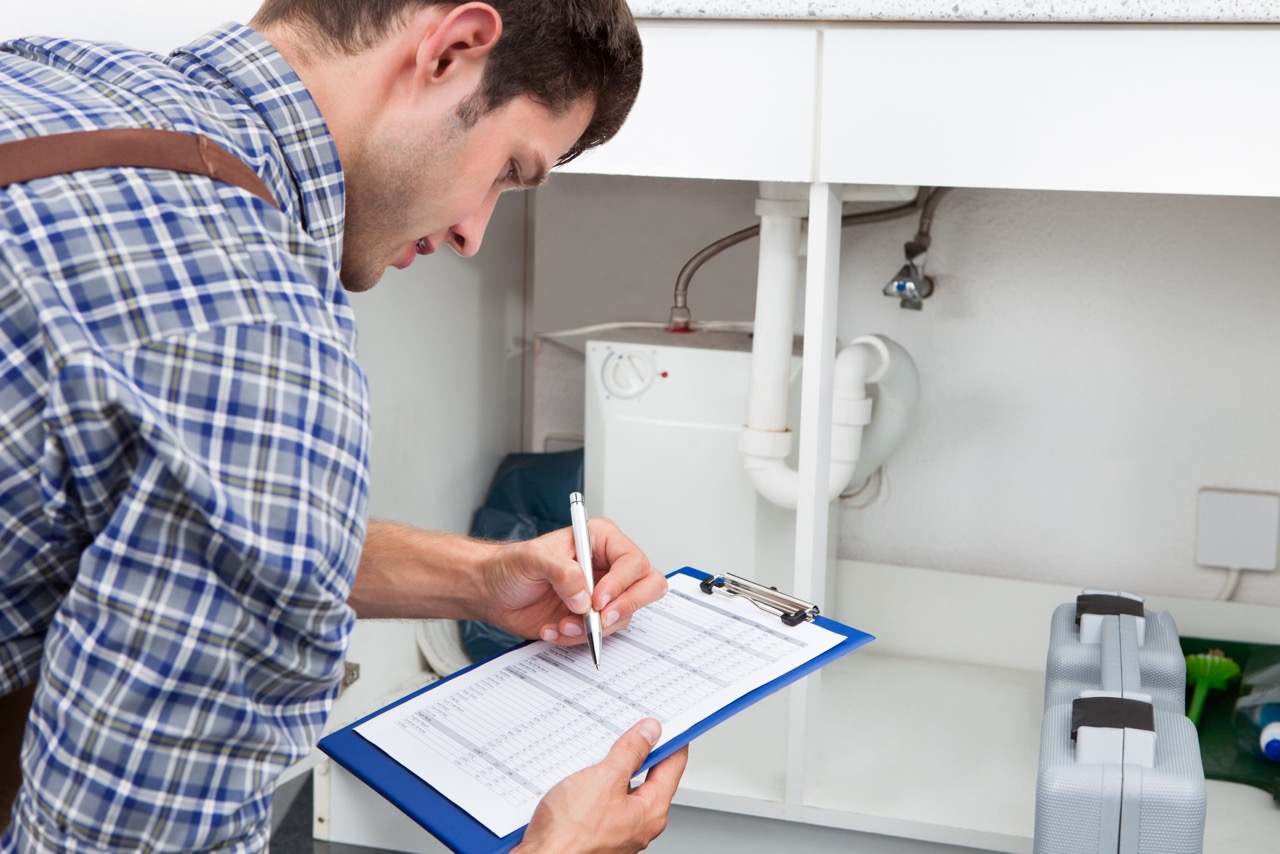

0 thoughts on “What Is CPVC In Plumbing”